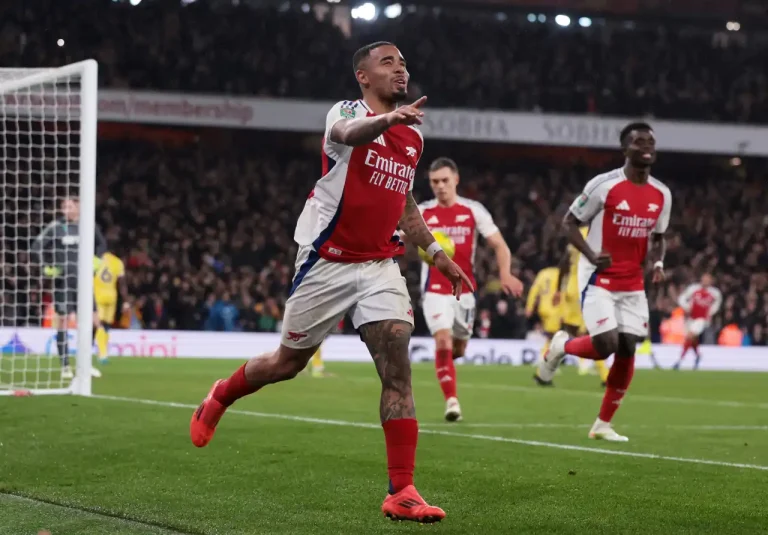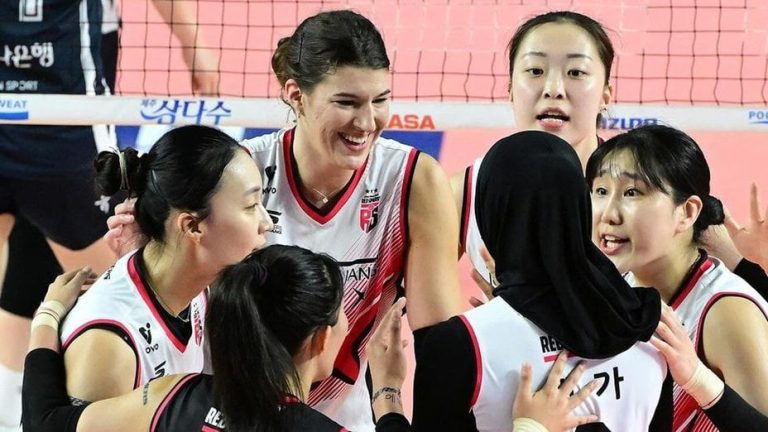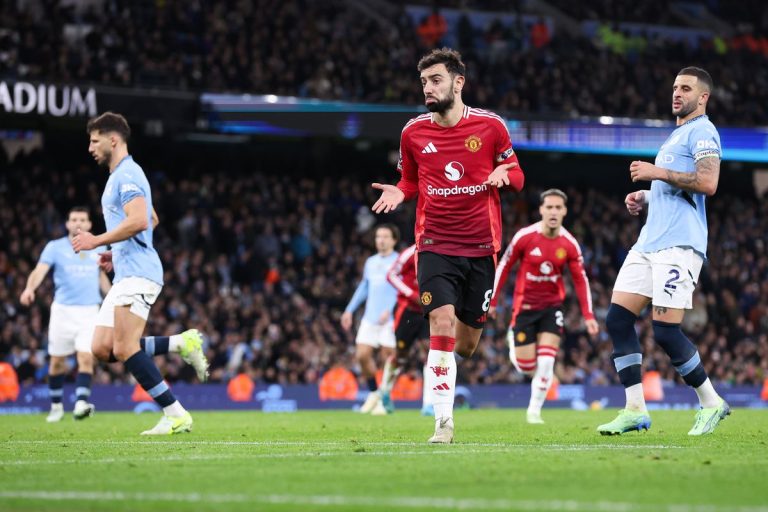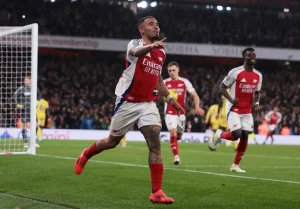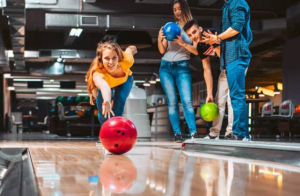Pre-season is the period of time just before the season for sports and competitive matches begins. There is a period of twelve weeks (or more) between players’ rest time in the off season and in the active season as players prepare and condition their bodies for the intensity of the game and training ahead.
Pre-season isn’t just about getting physical fitness back up to speed, it’s also about helping to improve and adjust technique, rebuild a strong musculoskeletal foundation, learn new sport-specific strategies and plays, and develop team cohesion, especially with new players in the squad. It also helps prepare players mentally for next season. Why is it important for soccer players to train during the summer?
This period has a negative effect on footballers due to detraining with important consequences in terms of decreased performance and increased risk of injury factors. Making good preparations before the start of pre-season will allow footballers to:
- Get a better role in the team
For some, their performance during pre-season will directly influence the technical staff’s decision whether to stay in the team or not. - Tolerating workload
Reaching pre-season in adequate physical condition will allow footballers to tolerate the workload during pre-season. - Minimize risk of injury
A good level of general condition can directly reduce the risk of injury at the start of pre-season, therefore it is necessary to avoid significantly increasing the load. So it’s a good strategy to prepare for pre-season during the transition period.
What do you do in pre-season training? Some of the work done during pre-season training is:
- Cardiovascular fitness (including agility, conditioning and endurance)
- Flexibility
- Strength and power
- Develop technical skills (including practice, ball skills, coordination and balance)
- Improved basic techniques (such as jumping, landing, and throwing)
- Teamwork and cohesiveness
Many clubs have pre-season assessments that identify a player’s strengths and weaknesses, and establish a player’s fitness baseline, so players know what to focus on — and where the vulnerabilities lie. Pre-season duration varies depending on the level of competition and club preferences. Many need 8-12 weeks for their pre-season. Others require only four weeks or less. Because it varies greatly, instead of mentioning weeks, in this article it is said to have four phases:
- First phase: Reintroduction
Here, all team members return to their original activities and begin to make progress toward rebuilding their core fitness and strength. Since some will remain active during their off season while others take full and proper rest time, basic fitness levels and abilities will differ between each team member leaving some feeling worried about their fitness.
Start the early stages slowly and gently, focusing on timing, quality and technique rather than intensity. It also gives players time to understand where they feel weak or vulnerable, so they can focus on these areas in the weeks to come.
- Second phase: Player position-specific skills and powers
In the next phase, fitness and endurance will continue and will increase in intensity, confidence in fitness increases, and the focus now shifts to developing position-specific skills and strengths of players. This means preparing the player’s body for the forces players will face repeatedly throughout the season, be it acceleration, deceleration, and rapid changes of direction — or strength through attempted tackles.
- Third phase: Strength and tactics
Players continue their fitness, strength and skill, reducing time spent on each set while increasing intensity, and now it’s time to get tactical while optimizing their power output. On the field, this may seem like setting up a game where attack or defense is challenged or overburdened, requiring them to go through the challenges presented in a thoughtful, cohesive, and powerful manner.
Off-court training can include improving your interval training, dynamic strength, and plyometrics. The key is to challenge without tiring or burden yourself to the point of injury.
- Fourth phase: Ready to Play!
The final phase focuses on preparing the team for a smooth transition into competitive play. Players continue to do everything they’ve been doing for fitness, skill, strength and speed while ensuring that their sets, repetitions, pace and rest intervals are varied so they get the most out of it. They now run the game, fine-tune strategy and gameplay, cover basics like warm-up and recovery strategies, and, most importantly, mentally prepare. With these 4 phases running well, the players will be ready to wade through a long and intense season.
ASL






